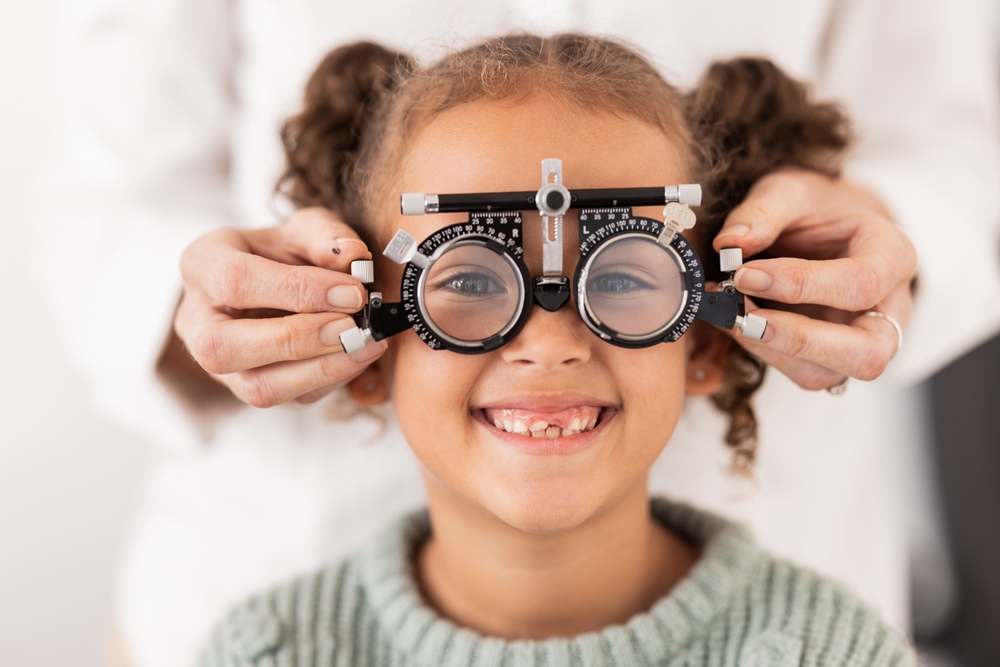
Do distant objects look blurry to your child? Do they squint or strain their eyes to see them? If yes, they have myopia, a common eye condition that affects millions. Nearsightedness happens when the eye is longer than expected or the cornea curves more than normal. This leads to light focusing in front of the retina instead of on it.
Myopia usually starts in childhood and worsens with age. It can precipitate severe ocular disorders, such as glaucoma, cataracts, retinal detachment, and macular degeneration. That is why you must prevent or slow down myopia in your little one.
What Is Myopia Control?
Myopia control means different ways and treatments that help prevent or lessen myopia in children. The goal is to prevent myopia from worsening. The benefits of myopia control are:
Improved vision and quality of life
Reduced dependence on glasses or contact lenses
Lowered risk of eye diseases and complications
Enhanced self-esteem and confidence
How Can You Control Myopia in Children?
There are different ways to control myopia in children, depending on their age, eye health, lifestyle, and preferences. Some of the most common and effective methods are:
Orthokeratology (Ortho-k)
Ortho-k lenses reshape the cornea while you sleep. They fix your myopia temporarily and slow it down by changing how light hits your retina. You wear them only at night and take them off in the morning. They are great for children who hate glasses or contact lenses.
Multifocal Contact Lenses
Multifocal contact lenses vary in strength in different areas. They fix your near and far vision and prevent myopia by reducing peripheral defocus. Peripheral defocus is when light from the sides of your vision falls behind your retina, making your eye grow and worsening your myopia. You wear multifocal contact lenses during the day and replace them often.
Multifocal Eyeglasses
Multifocal eyeglasses are like multifocal contact lenses, but you wear them as glasses. They have different powers in different zones to fix your near and far vision and prevent myopia by reducing peripheral defocus. Some children find multifocal eyeglasses comfier and easier than contact lenses.
Atropine Eye Drops
Atropine eye drops are medicine that makes your pupil bigger and your eye muscles relaxed. They ease eyestrain and fatigue that can cause myopia. They also stop chemical signals that make your eye grow and worsen your myopia. You use atropine eye drops once a day before bed. They can have side effects, like blurry near vision, light sensitivity, and dry eyes.
What Else Can You Do to Prevent Myopia in Children?
You can also do these things to stop or slow myopia in children:
Let them play outside more: More sunlight and less near work can help their eyes. Children who spend at least two hours outdoors daily have less myopia than those who do not.
Cut down their screen time: Too much screen time can hurt their eyes and sleep. Limit it to two hours a day and avoid it before bed.
Give them breaks from near work: Too much near work can cause or worsen myopia.
Conclusion
Myopia can harm your child’s vision and health. But you can control it and protect their eyes. See your eye doctor if your little one has or may get myopia. They can check your child’s eyes and suggest the best way to control myopia. The sooner you start, the better it works.
For more information on myopia control, visit Jeffrey H. Brown Optometry at our Costa Mesa, California office. Call (714) 710-8062 to schedule an appointment today.




